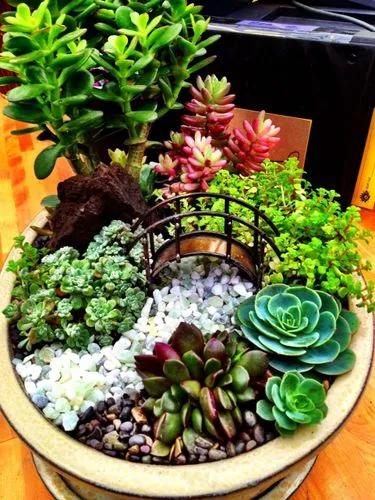The vibrant colors of this robust plant enliven gardens and houses alike. Truth be told, no other plant can become the gem of your collection quite like a King protea does.
King protea Care
Protea cynaroides



Protea cynaroides is the largest flowers in Protea family. That is why it is known as King protea, giant protea, as well as honeypot, and king sugar bush. It is tall and adaptable to heat, which is why this plant is easy to care for. In addition, its goblet-shaped flowers attract bees and birds. But beware: its flowers, nectar, and seeds are toxic both to humans and pets.
How to Care for the Plant

Water

It is advised to water proteas once the top 2-3 inches (5-7cm) of the soil are dry. It is also crucial to empty the pot saucer. King proteas are susceptible to overwatering, so the soil should not be damp.

Pruning

Proteas don't require pruning unless you want to keep your plant tidy and deadhead the faded blooms.

Fertilizer

Proteas cynaroides don't need additional plant food due to their shallow root system. In fact, excess phosphorus can kill the plant. The only thing required is to pull the weeds when growing your plant outdoors.

Sunlight

King proteas thrive under full sun. The lighter, the brighter the flowers. A south-facing window should provide the plant with sufficient light. If the blooms start losing color, growing lights will come in handy.

Soil

King proteas are highly prone to root rot, which is why the soil should drain well. Ideally, it should be acidic, with a pH ranging from 5.1 to 6.6. Sphagnum and pear moss will also improve drainage and enhance acidity.

Propagation

Growing a king protea from seed might prove challenging, while propagating the plant by cuttings in spring or fall is prone to success. The first step is to make the cuttings — cut the branches below the flower and leave only the top leaves. Use a rooting hormone and plant the cutting in a pot filled with half sand and half peat moss. In 6 weeks, the cuttings should grow roots.

Temperature

Hot and warm climates are most recommended for King proteas. The plant is drought tolerant, but not cold hardy. It can withstand temperatures no lower than 32˚F (0˚C) and will benefit from additional mulching when the temperatures drop.

Container

King proteas are highly prone to root rot, which is why the soil should drain well. Ideally, it should be acidic, with a pH ranging from 5.1 to 6.6. Sphagnum and pear moss will also improve drainage and enhance acidity.

Fun fact

Terracotta pots are a perfect choice for proteas because of their porous texture that doesn't retain moisture. Also, your container should have a few drainage holes and a pot saucer.

Popularity

825 people already have this plant 247 people have added this plant to their wishlists
Discover more plants with the list below
Popular articles






